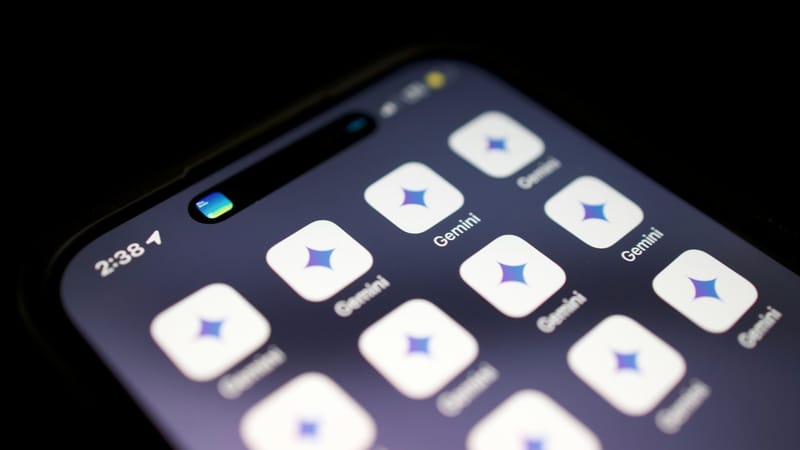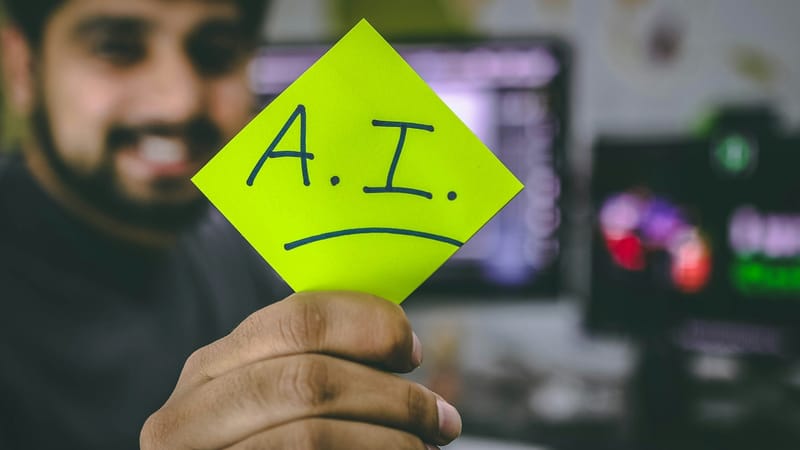Microsoft’s $135bn AI Power Play: Why the OpenAI Deal Rewrites the Rules of Tech Capital
Money well spent, or cash down the toilet? And what does it mean for OpenAI's model?

Microsoft just made one of the boldest moves in modern tech. By taking a roughly 27 per cent stake in OpenAI’s new public benefit corporation and locking in exclusive rights to its models until at least 2032, the company has effectively cemented itself as the most powerful player in applied artificial intelligence. Microsoft’s announcement read like a victory lap, but the implications for users, investors, and regulators are anything but routine.
What Does Microsoft’s $135bn Bet on OpenAI Really Mean?
The stake is valued at about $135 billion, built on a recapitalisation that turned OpenAI into a hybrid: a profit-driven company under the nominal watch of a nonprofit foundation.
Reuters reported that Microsoft’s equity was trimmed slightly from an earlier 32.5 per cent, but still guarantees a deep link between the two firms. The move is not about optics; it’s about control, access, and insulation.
OpenAI now has freedom to raise capital and partner beyond Microsoft’s walls, while Microsoft keeps the keys to the frontier models and exclusive Azure integration until artificial general intelligence is verified by an independent panel.
How Will the Microsoft–OpenAI Deal Change AI for Users?
For everyday users, the AI inside Office, Copilot, and Windows isn’t going anywhere. Microsoft still owns the commercial gateway to OpenAI’s most advanced systems, meaning new capabilities will appear first in Microsoft products.
But OpenAI can now release open-weight models and collaborate with third parties on non-API products that can live on any cloud. Tom’s Hardware notes that this new flexibility could accelerate innovation while diluting Microsoft’s total control. Users will see smarter, faster AI features, though perhaps with a little less predictability about where they run.
How Does Microsoft Benefit From OpenAI’s $250 Billion Azure Commitment?
For investors, the deal is more than a technology pact. OpenAI is committing to spend about $250 billion on Azure cloud services, according to GeekWire.
That all but guarantees sustained infrastructure revenue for Microsoft, even though the company no longer has a “first refusal” right on OpenAI’s compute contracts. It’s a classic hedged bet: stable income from AI’s growth but a smaller monopoly on where that compute happens.
What Is the AGI Clause and Why Does It Matter?
The governance clause around artificial general intelligence is the quiet heart of the new structure. The Verge confirmed that an independent expert panel will verify any declaration of AGI before the partnership’s terms change.
Until that panel rules, Microsoft keeps exclusive commercial access to OpenAI’s frontier models. The clause makes the concept of AGI legally real, not just philosophical—it ties the future of both companies to a verifiable milestone in machine capability.
Why Did OpenAI Become a Public Benefit Corporation?
When OpenAI launched in 2015, it was a nonprofit promising to make AI safe for humanity. The 2025 deal transforms it into a for-profit enterprise with a “public benefit” label.
The Guardian calls this a “mission-profit hybrid.” Critics see a loophole that allows commercial incentives to overtake safety goals. Supporters argue that the shift simply acknowledges reality—building next-generation AI requires billions in capital, and that money has to come from somewhere.
Does Microsoft Still Control the AI Cloud?
Microsoft’s role is evolving from dominant host to strategic stakeholder. The company retains exclusive rights to OpenAI’s models and products through 2032 and research IP through 2030.
That gives it roughly a decade of guaranteed relevance, while still leaving room to develop its own AGI with or without OpenAI. It’s a modern version of what oil companies did with pipelines: own the flow of intelligence rather than the final product.
What Are the Political and Regulatory Risks for Microsoft?
This partnership is now too big to ignore. Earlier this year, the U.K.’s competition authority said Microsoft’s earlier OpenAI stake didn’t qualify as a takeover. That call may look naïve in hindsight.
As Bloomberg reported, the economic dependency between the two companies runs mostly one way. With Microsoft providing compute, IP protection, and integration pipelines for nearly every OpenAI output, the distinction between partnership and control grows thin. The politics of “who owns intelligence” are now unavoidable.
What Should Users and Investors Expect Next?
For most of us, the changes will trickle down through products. Copilot will become more capable, ChatGPT will keep improving, and the distinction between “using Microsoft” and “using OpenAI” will blur.
For shareholders, the story is one of long-term exposure: enormous upside if AI continues to expand, and enormous cost if development slows or regulation bites.
The new structure marries public-benefit language with for-profit muscle. Whether that balance holds depends on how Microsoft and OpenAI navigate the politics of power, ethics, and control.
The partnership’s genius is also its gamble: betting that you can govern and monetise the future of intelligence at the same time.
For now, one truth remains. The road to artificial general intelligence runs through Redmond, and there is a price to travel it.






